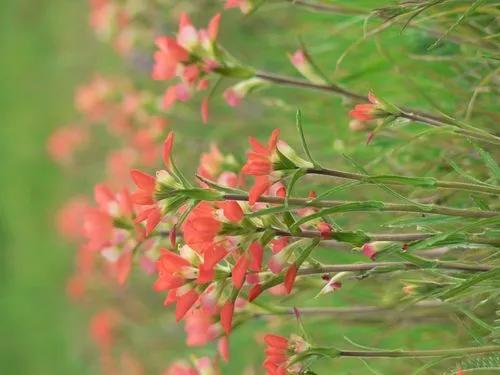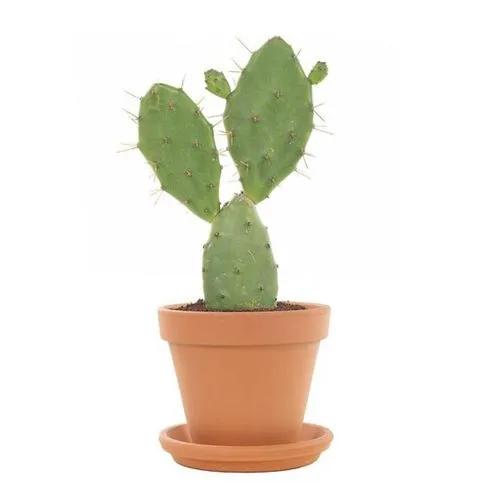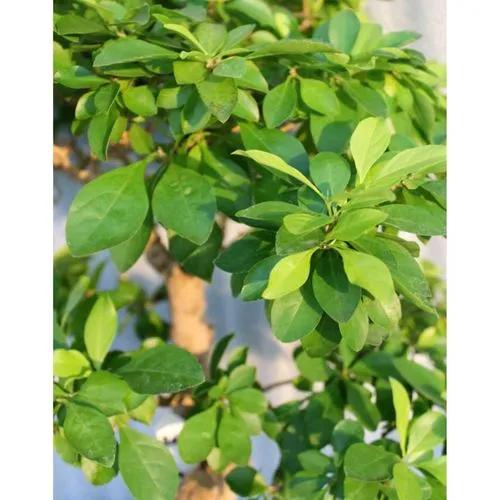Lilium philadelphicum is a stunning orange-red blooming flower. It has been enchanting people for generations, and plant enthusiasts around the world are eager to complement their garden collection with one more sort of Liliaceae family member.
Wood Lily Care
Lilium philadelphicum



Also known as Philadelphia Lily, Wood Lily, Western Red Lily, or Prairie Lily, this bright-blooming flowering plant is remarkable for its gorgeous blooms.
Belonging to a lily family (Liliaceae), Wood Lily is a perennial plant native to North America. This flower typically grows 1-3 feet (30cm) high and produces a single stem with large, trumpet-shaped flowers. They typically are upward-facing blooms 2-3 inches (5-8 cm) across with six orange-red petals enhanced by black spots and curving backward. The center of the flower is furnished with catchy red stamens.
Western Red Lily blooms in mid to late summer and is a popular choice among gardeners and flower enthusiasts for its beauty and easy cultivation.
How to Care for the Plant

Water

A moist, well-draining potting mix would be perfect for Philadelphia Lily. Water the plant deeply once a week, ensuring the substruct is evenly moist but not waterlogged. This flower may require more frequent watering during hot and dry weather. Avoid getting water on the leaves and flowers, as this can cause fungal diseases.

Pruning

The best time to prune Wood Lily is after it has finished blooming. When new bulbs emerge, remove the deadhead of the main one to eliminate nutrient consumption. You might need to give Lily extra cleanup in fall after the plant has gone dormant. Use a sharp, clean blade to cut the stem at the base, leaving 6-8 inches (15-20cm) in length. Don’t forget to remove any leaves from the stem.

Fertilizer

Fertilizers containing an equal ratio of nitrogen, phosphorus, and potassium (10-10-10) would be the best choice for this plant. Such nutrients are essential for promoting blooming and root development. Prairie Lily benefits from regular feeding during the growing season from spring to late summer, so give the flower an extra boost every four to six weeks around the base. Avoid getting any solution on the foliage, as it can damage or burn delicate tissue.

Sunlight

Wood Lily grows best in full-sun to part-shade conditions. Despite being a sunny-loving flowering plant, it can tolerate some shade. Avoid exposing it to intense direct sunlight, as this can cause sunburn or make the whole plant wilt.

Soil

Slightly acidic (5.5-6.5 pH), sandy or foam medium would benefit Wood Lily the most. The substrate should be well-draining and rich in organic matter, as this flowering plant can’t tolerate flooded areas. A mix of equal parts of peat moss, perlite, and vermiculite can provide a suitable potting mix for the plant.

Propagation

Propagate Philadelphia Lily by seed or bulb division in fall. Opting for the first method, sow the seeds into a container with moist, well-draining soil at around 1 to 2 inches (2.5 to 5 cm) apart. Keep the container in a warm location with bright indirect light to let the seeds grow.
Propagating by bulbs, wait until the foliage goes dormant. Pull the bulbs out, separate them, and look for a container with a well-draining potting mix. Put the bulbs into a pot, water them once, and keep this container in a cool, dry location for winter. The bulbs should begin to sprout in spring.

Temperature

The daytime temperature Prairie Lily feels the most comfortable during the growing season is between 68-77°F (20-25°C). At nighttime, it prefers 50-59°F (10-15°C). In winter, this flower can tolerate temperatures as low as 23°F (-5°C) but prefers to be kept above freezing point.

Container

Being an outdoor plant, Philadelphia Lily can also be grown in containers. The pot should be at least 12 inches (30cm) in diameter and 12 inches (30cm) deep to accommodate the plant's root system. Don't forget to add appropriate drainage at the bottom to prevent waterlogged soil.

Fun fact

Apart from its ornamental value, Prairie Lily has been used as a traditional remedy to treat headaches, coughs, and fevers. North American tribe Ojibwein used this plant in religious ceremonies as a symbol of purity and new beginnings.

Popularity

52 people already have this plant 25 people have added this plant to their wishlists
Discover more plants with the list below
Popular articles






